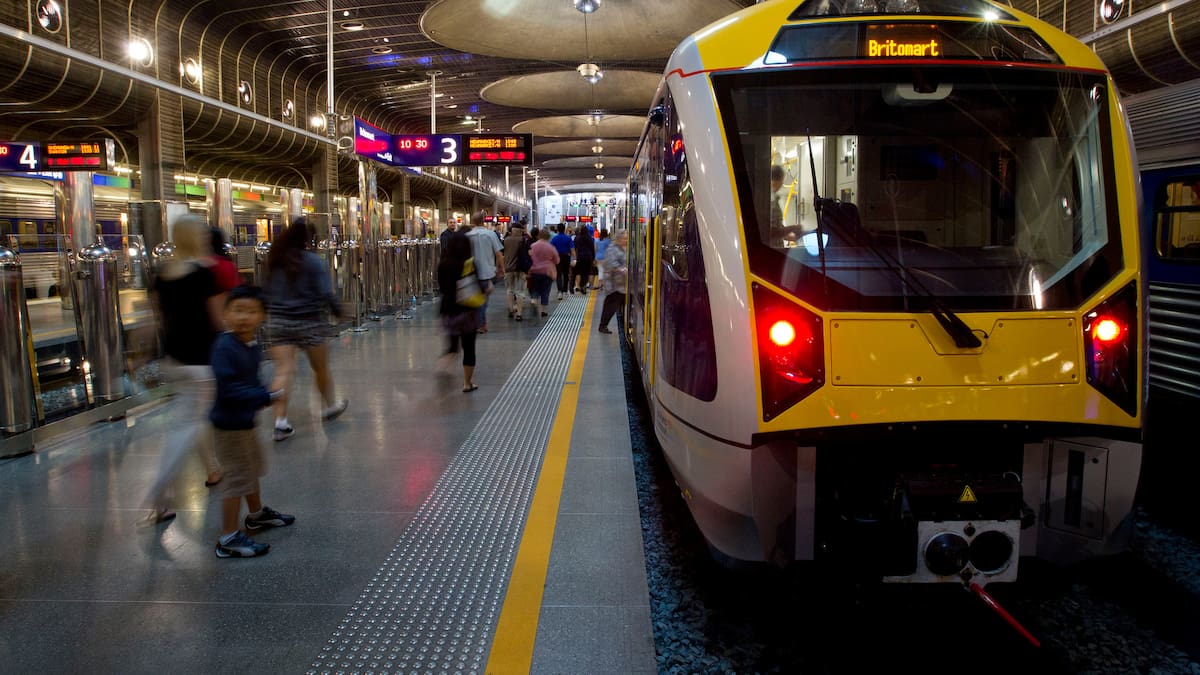“The barrier arms will be down for much longer; so more queuing, longer delays, and increased safety risks,” he said.
In a statement, National Road Carriers’ general manager James Smith said the opening of the City Rail Link will mean more frequent timetables causing barrier arms to be down up to 50 minutes per hour.
He said businesses, light industry, and commuters in South Auckland would be left grappling with severe congestion and economic harm while waiting for these essential crossings to be built.
“Takanini, a key hub for Auckland’s light industry, is already burdened with chronic traffic congestion,” Smith said.
“The planned level crossing closures, without timely level crossing replacements, will cause severe disruption to freight and transport operators.
“Many businesses are already considering relocating due to the uncertainty and inefficiencies caused by Auckland Transport’s failure to deliver integrated planning.”
Smith said businesses and commuters were now staring down the barrel of six years of detours between level crossing closures and the eventual construction of grade-separated crossings.
“Six years of economic harm is simply not acceptable. These vehicle crossings must be fast-tracked and built with urgency.
“Auckland Transport has no excuse for this planning failure – integrated planning between road, rail, and freight networks is standard practice in transport infrastructure projects worldwide.”
Burt refuted this and said the barrier arms at level crossings would not be down for 50 minutes an hour when the City Rail Link opens. He said Smith was referring to the planning scenario for 2051, used in the business case to justify the need for grade separation.
“When City Rail Link opens in 2026 and train frequencies increase, modelling shows traffic delays in Takaanini could increase by at most 2.5 minutes in the peak hour.”
“Traffic impacts will be minimised by optimisation of the Great South Road corridor and other intersections, with traffic light management and lane reallocations.
“The planned works will be sequenced to keep freight and general traffic flowing smoothly on the roads.”
Burt added more than 70% of the road/rail crossings on the Auckland Rail Network have already been grade-separated.
“Auckland Transport is working in partnership with Kiwirail, NZTA, MoT and Auckland Council to remove or grade separate the remaining level crossings in stages.
“Work on level crossing removals at Takanini and on the Eastern line has been fast-tracked to take advantage of the planned rail line closures prior to CRL opening.
“AT is well advanced and ready to begin the projects, following funding details confirmation from NZTA and Auckland Council.”
Clarification: This story has been updated with comment and clarification from Auckland Transport.
– RNZ
Sign up to the Daily H, a free newsletter curated by our editors and delivered straight to your inbox every weekday.






